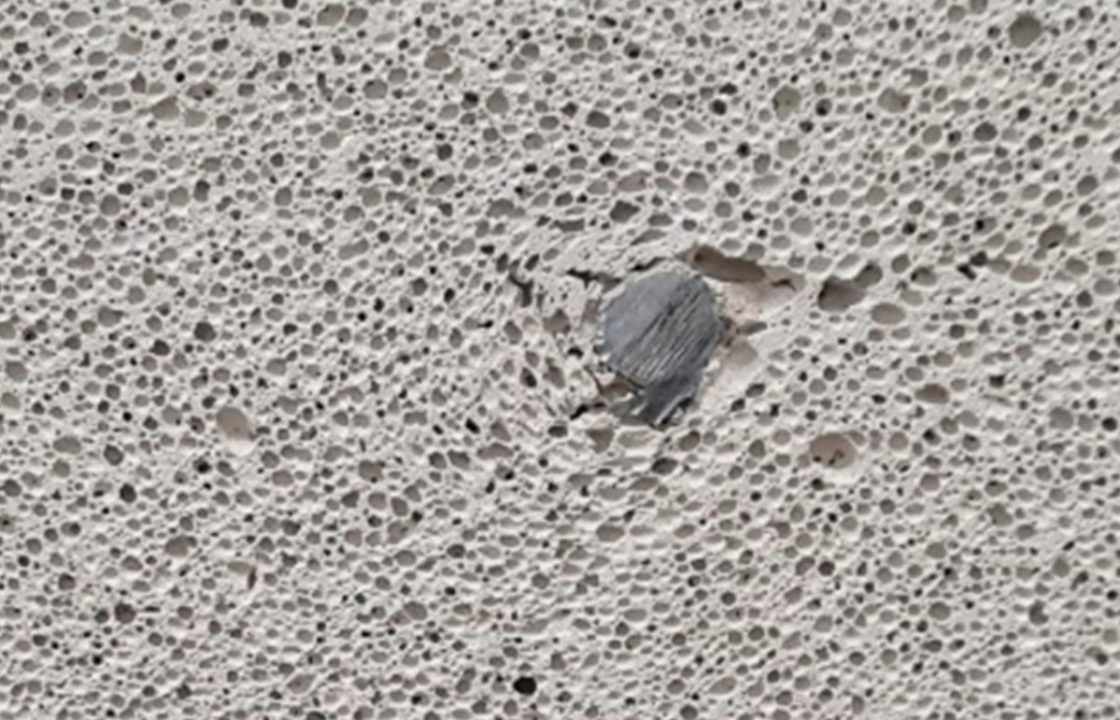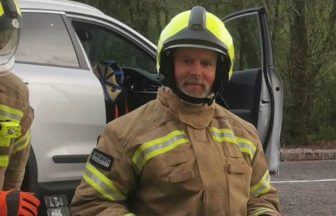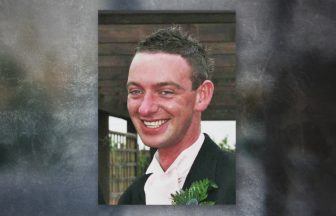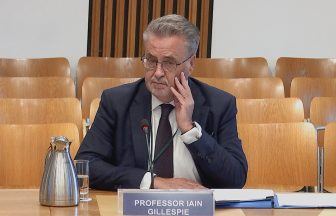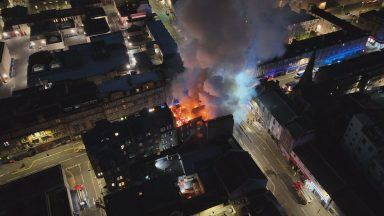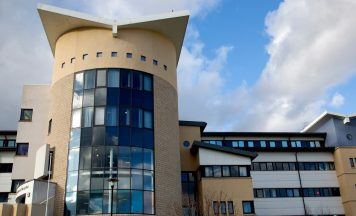Hundreds of properties in Aberdeen are likely to have a presence of potentially dangerous concrete, the city council has said.
More than 22,000 council homes in Aberdeen are currently being reviewed for the presence of reinforced autoclaved aerated concrete (RAAC), which was a lightweight building material used between the 1950s and 1990s.
It is likely to have been used in around 500 properties in Balnagask, the council said.
The local authority has written to residents and owners who may be affected.
A spokesperson from the council said: “Although Aberdeen City Council is not expected to have many homes built with RAAC, the council is already working with independent structural engineers to inspect council properties to determine if RAAC is present and whether further investigations are needed.
“Work to date has established that RAAC is likely to have been used in around 500 properties in Balnagask. Today the council has written to these residents and owners on the next steps.
The spokesperson added: “We are liaising with tenants, private owners and occupiers, and landlords as a matter of priority.
“We will continue to keep residents informed and update our website with the latest information.”
Scottish Conservative North East MSP Liam Kerr said: “Residents in Balnagask will understandably be deeply concerned that their property is likely to contain this dangerous concrete.
“The quick action to alert tenants and to check more than 22,000 other properties is welcomed and shows the impact of RAAC stretches well beyond schools and public buildings across the city.
“The Scottish Government must urgently confirm how it will help councils like Aberdeen with the costs of making these homes safe.
“Local authorities have already had their budgets savagely cut by the SNP Government who need to work with councils to produce a timetable for removing this dangerous material from affected properties.
“Any delays to this will only heighten the fears of residents who want to know that their home is clear of this concrete.”
At the Local Government, Housing and Planning Committee on Tuesday, the Cabinet Secretary for Social Justice Shirley-Anne Somerville said: “I think because of the sheer extent of the work that’s going on across the public sector its not possible to have a genuine modelling of what the scale of financial commitment may be so I do think it’s perhaps not helpful to speculate at this point until all of that work has been done.
“I think again you’ve heard this morning although those figures were mentioned other panel members did say that it was difficult to put an overall figure on it given where we are with the discovery work and given the fact that it very much depends on the type of building that’s involved and actually what the issue is with that, you heard some examples this morning about how that varies from example to example.
“So I think at this point it is not possible to put a final figure on that but we do recognise that this is a concern across the public sector, that’s why we’re working very carefully with COSLA and of course other parts of the public sector to ensure that we have very, very close working so that we are alerted to the issues as they are found by the building owners who are responsible for the monitoring and the upkeep of their buildings.”
Follow STV News on WhatsApp
Scan the QR code on your mobile device for all the latest news from around the country


